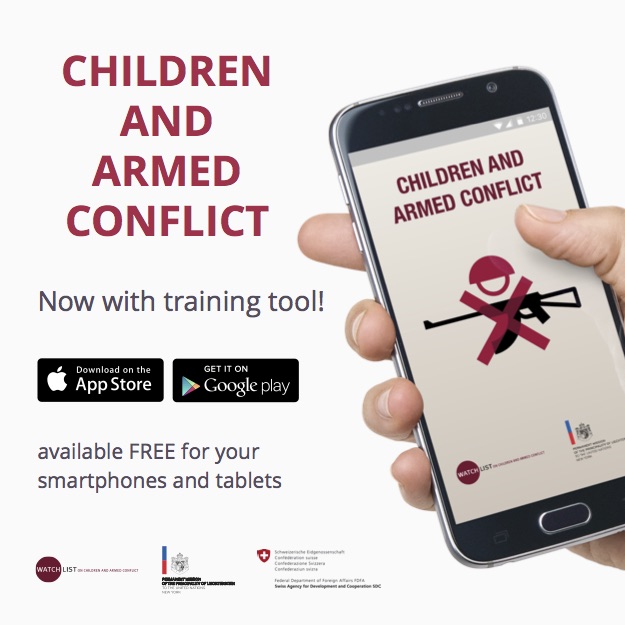BASIC PRINCIPLES AND ETHICAL STANDARDS
Tool 27: Factsheet ‘Guiding principles for MRM’
Tool 28: Sample language for a Code of Conduct
Tool 29: Checklist ‘Confidentiality’
Tool 30: Checklist ‘Informed consent’
MONITORING GRAVE VIOLATIONS
Tool 31: Factsheet ‘What information is needed for the MRM?’
Tool 32: Factsheet ‘Information gathering’
Tool 33: Checklist ‘Interviewing techniques’
Tool 34: Annotated case study ‘Recognizing the grave violations’
Tool 38: Case study ‘Community-led monitoring in Southeastern Myanmar’
Tool 39: Case study ‘Village child protection committees in Eastern DRC’
INFORMATION MANAGEMENT AND SECURITY WHEN MONITORING GRAVE VIOLATIONS
Tool 40: Self-assessment exercise ‘Security risks when gathering information on grave violations’
Tool 41: Group exercise ‘Security while collecting information’
Tool 42: Case study ‘Emergency fund for protection of monitors in Eastern DRC’
Tool 43: Checklist ‘Facilitating UN verification of cases of grave violations’
Tool 44: Q&A ‘Using a case database’
Tool 45: Annotated sample case database
Tool 46: Factsheet ‘Information management’
Tool 47: Group exercise ‘Confidentiality and information management’
REPORTING GRAVE VIOLATIONS
Tool 48: Communication flow in MRM countries
Tool 49: Communication flow in non-MRM countries
Tool 50: Factsheet ‘Other avenues to report grave violations’
LINKING TO MONITORING, PREVENTION AND RESPONSE TO GRAVE VIOLATIONS
Tool 51: Factsheet ‘Linking monitoring, prevention and response to grave violations’
Tool 52: Factsheet ‘The MRM and the cluster system’
Tool 53: Guiding questions ‘Mapping service providers and identifying referral pathways’
Tool 54: Case study ‘Emergency fund for referrals in Eastern DRC’
Tool 55: Guiding questions ‘Planning advocacy on the grave violations’
Tool 56: Case study ‘Options for local advocacy in Eastern DRC’
Tool 57: Case study ‘Responding through advocacy: ad-hoc release of children in Eastern DRC’
Tool 59: Factsheet ‘Engagement with Armed Non-State Actors on the protection of children’
Tool 60: Checklist ‘Mainstreaming child protection in peace processes’
Tool 61: Practice standards in children’s participation (Save the Children Alliance)



